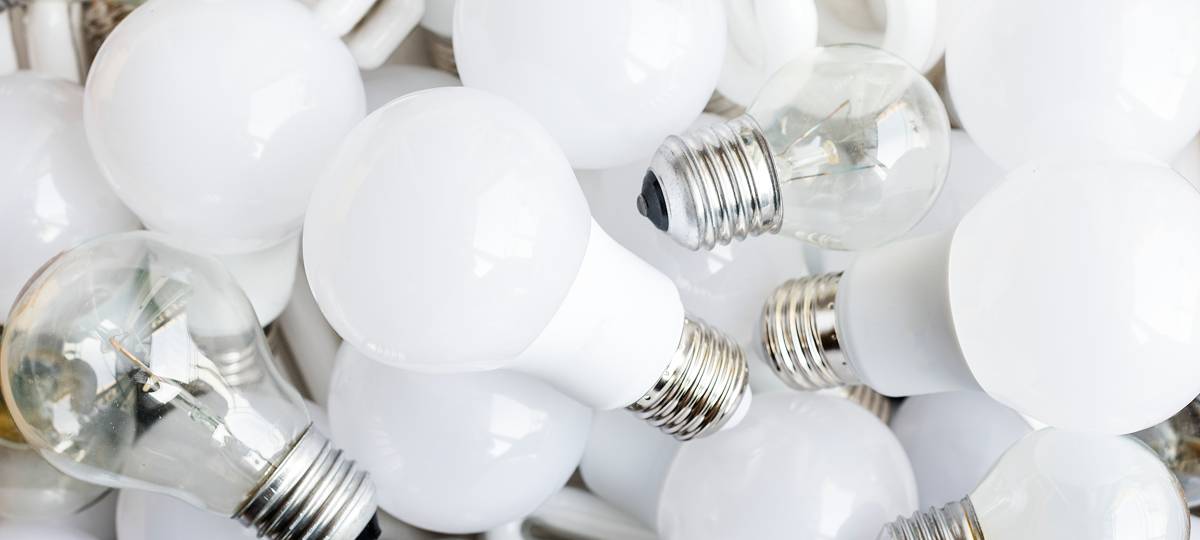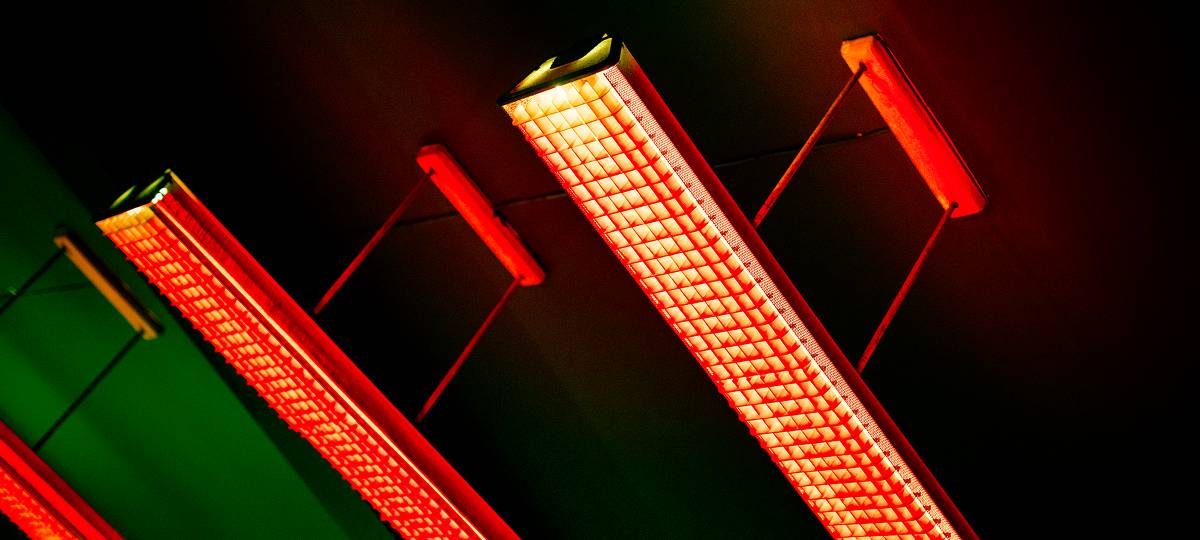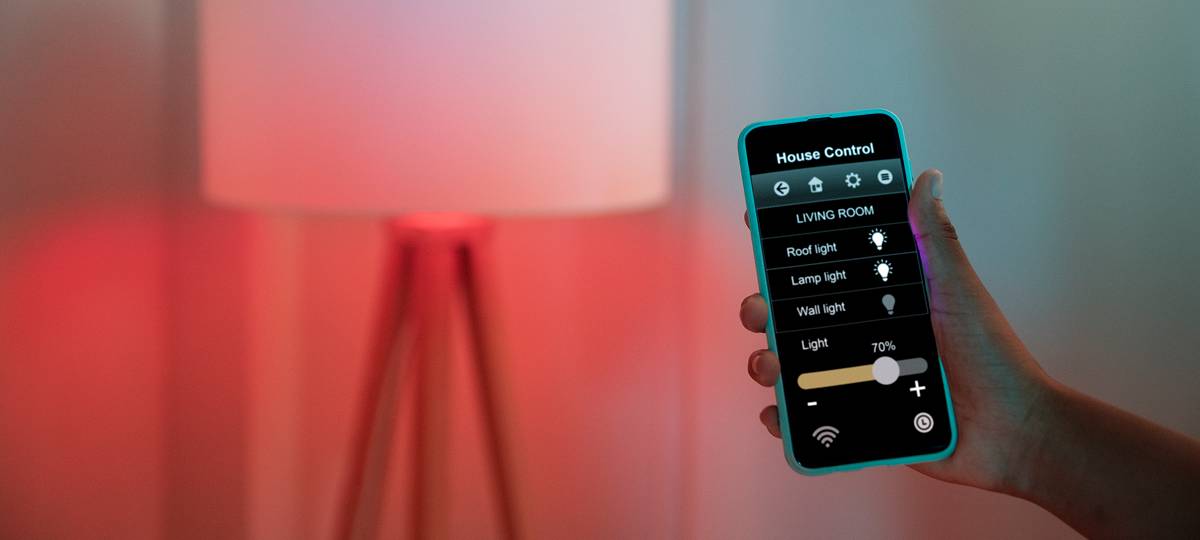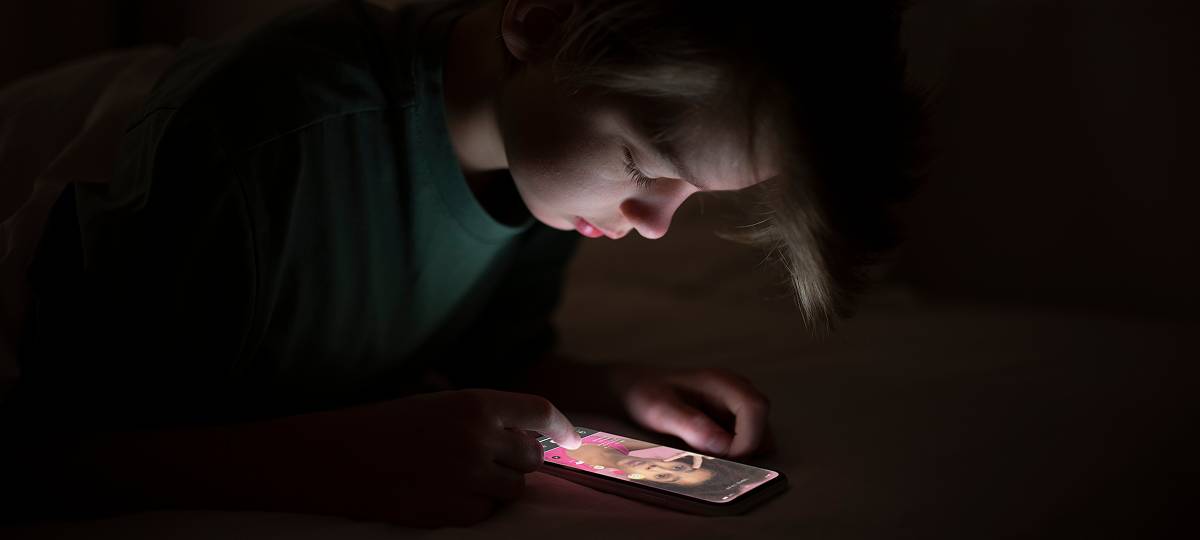Is LED Light Good for Eyes? Truth Behind the Glow
Light April 29, 2025

In today's fast-growing digital world, displays and artificial lighting are everywhere. LED lighting is a matter of daily use in our offices, houses, and even on roads. It is long-term, energy efficient, and comes in different sizes. However, the question “is LED light good for eyes” is increasingly prevalent.
This is more than a passing debate. Especially when we spend hours reading, writing or focusing on artificial light, good lighting is essential for maintaining the health of our eyes. In addition, not everyone agrees that LED lights and bulbs are aesthetically pleasant, although they quickly replace the outdated bulb with a new standard. Some ask, "is yellow LED light good for eyes?" or "What's the best LED light for daily use?"
In this blog, we explore the health benefits of LED lights and how they affect the eyes by thoroughly researching science and experience in the real world. We will explore the advantages and disadvantages, contrast them with incandescent bulbs, and discover the real reason for the glow.
Here's our take: LEDs can be more intelligent and safer for your eyes than in incandescent light. But there is a catch: you must know how to use them properly. Are you ready for a clearer look? We will explain the facts.
LED Light or Incandescent Bulbs?

The debate often boils down to two choices: LED light or incandescent bulbs. You are not the only person who wonders if LED lights suit your eyes. The growing number of individuals passing from incandescent to LED bulbs makes this concern more relevant than ever. Although LED technology is relatively new, LED lights have existed for over a century, but are they the best LED lights for your eyes? Let's discuss it.
LEDs, or light-emitting diodes, are known for their durability and energy efficiency. On the other hand, the lights use a process that loses energy, like heat, to turn on the fibre until it shines. Power LEDs are undoubtedly better. However, longevity and brightness are not the only factors that affect eye comfort. Many ask if the LED tube light is good for eyes, mainly if they are used in offices or residences for a long time. There is a significant scattering depending on the design of the LED and colour temperature. For example, yellow LED light is softer and less harsh in the eyes than cold white LED light.
Incandescent bulbs emit a warm, natural glow that many find comforting. They usually emit light in the complete spectrum and do not move, making it finer in the eyes. Over time, eye discomfort may result from low-quality LEDs that flash or generate blue light. However, not all LEDs are made the same. Today's best LED lights are designed for eye safety, with warmer tones, improved diffusion and less flashing. LED lights increase with quality, so they can be visually attractive and smart if you decide carefully.
Understanding LED Lighting

LEDs are used in everything from the screen you read to the ceiling light in your bedroom. Answer the question: "Is LED light good for eyes?" First, we need to define what LED lighting is. LED lights are more than energy-efficient, bright bulbs; they revolutionized how we illuminate our homes, but not all LEDs are straight regarding eye comfort.
How LEDs Work
LEDs or light-emitting diodes use semiconductors to emit light when electric current flows through them, unlike incandescent bulbs that create light by heating the wire. This procedure is significantly more efficient and produces very little heat. Thus, the light is clear and uses little energy. The advantage is direct, despite the seeming complexity of technology. The current LED lights are firm and bright, but the key question is, are they the best choice for your eyes?
Energy Efficiency and Longevity
One of LED lighting's most significant advantages is its efficiency. LEDs have a 25-times longer life and consume up to 80% less energy than incandescent bulbs. In the long run, this could reduce eye tension because it means fewer light changes and less exposure to sudden changes in light. This long-term stability can dramatically change whether the LED tubes suit the eyes, especially in study environments or work areas where lights are essential.
Colour Temperature Variety
This is where things start to get interesting. LEDs are available at different colour temperatures, from cold white daylight to warm yellow tones. Yellow LED light is usually considered soothing and reminiscent of natural sunlight during the dark. On the other hand, colder tones could feel too hard, especially at night. Because of this flexibility, you can choose the ideal lighting for each room, such as radiator tones for task lighting and warmer sleep tones. Because the colour tone can change all the differences in your eyes in your best LED light, take both prices and colour tone.
Understanding Incandescent Lighting

Incandescent bulbs have been a preferred lighting source for many years before the takeover of modern houses and workplaces. However, it is essential to know how lighting bulbs accumulate when we explore the question, "Are the eyes good light?" Despite their nostalgic attraction, these vintage lights have several disadvantages that could endanger the safety and comfort of the eyes.
How Incandescent Bulbs Work
Incandescent light bulbs work relatively simply. A thin metal fibre is heated inside the bulb, lights as electricity passes, and creates light. Your room is illuminated by this glow, which is incredibly inefficient. Because the bulb loses most of its energy, like heat, it is an energy guzzler instead of a light source. Although a cosy glow can feel nice, it is not a high-tech solution.
The Problem with Heat
One of the main problems with incandescent bulbs is that they produce too much heat. In addition to being unnecessary, this heat can be harmful. After prolonged use, the illuminated bulb may cause burns and the risk of fire in the case of closed areas. Higher electricity costs and more frequent bulb replacements are also the consequences of energy waste. On the other hand, LEDs are more economical and safer when comparing costs.
Light Spectrum of Incandescent
Incandescent bulbs emit a continuous spectrum of light that resembles natural sunlight, including a small amount of blue light. When comparing this broad spectrum with specific poorly built LEDs that flash or generate bright light, it is often easier to see. However, the most advanced LED lights are designed to be as comfortable as a bulb, not more. They provide warm, scattered light without thermal risks or inefficiency of the bulb. As a result, although traditional bulbs still have aesthetic value, the current LEDs are quickly overtaking them in terms of comfort and quality, especially if you are worried about the health of LED tube lights.
Is LED Light Good for Eyes?

After comparing LED and incandescent lighting, the question remains: Is LED light good for eyes? The answer is yes if used correctly. Despite the initial criticism for flashing and radiation of blue light, LED lighting has changed over time. When chosen and used carefully, LED lights have the potential to be aesthetically more friendly than many incandescent light sources.
Controllable Colour Temperature
One of its excellent properties is the ability to adjust the LED lighting temperature. Warm-tinted LEDs are often used as they produce a fine yellowish light that resembles the sunlight of the sunset. When used at night, these warmer colours are less likely to cause eye fatigue. Answer the question: "is yellow LED light good for eyes?" It's a big yes. Warmer shades make eye discomfort easier and create a quieter atmosphere inside.
Lower Heat Emission
Unlike incandescent bulbs, LEDs produce a small amount of heat, essential for eye comfort. Long-term exposure to light sources with high heat, especially in limited areas, can deepen dryness and exhaustion. By removing the glare, LEDs provide stable, brilliant light, minimize discomfort, and even reduce the chance of unintentional burns.
Directional Light
Directional lighting offered by LEDs is another visually attractive advantage. The light from the bulb can be distracted in all directions and sometimes produce glare. On the contrary, the eyes can focus exactly the light where necessary. This reduces the possibility that your glare gets into the eyes and makes reading, working or resting difficult.
Less Blue Light Compared to other sources
LEDs create some blue light, but it is essential to realize that these emissions are often less intense than emissions from laptops, phones or tablets. In addition, excellent LEDs with improved filters and configurations to reduce blue light emissions are now produced. Choosing the best LED light with warmer tones and low blue light output can significantly improve eye comfort, especially in digestion.
Practical Guidelines for Eye-Safe LED Lighting

LED lighting is known for its brightness and energy efficiency, but it is essential to use it properly to protect your eyes. By following several reasonable rules, you can use LED lighting without threatening your vision.
- Choose the Right Colour Temperature: LEDs with colour temperatures between 2700 and 3000 KB are the best for comfortable basic lighting. These warmer tones are ideal for everyday use because they are less harsh and less likely to cause eye tension.
- Minimize Exposure to Cool White LEDs: Using cold white LEDs (4000k and higher) for a more extended period or close-up may be stressed. Use them only to illuminate tasks or places requiring intense, focused light.
- Use Dimmers and Task Lighting: You can change the brightness using the muted LED lights according to what you do. The light only where it is required can also reduce the exposure and voltage.
- The 20-20-20 Rule: Remember the rule 20-20-20 that protects your eyes. Focus on anything 20 feet for 20 seconds every 20 minutes. Whether you work with LED lights or other species, this technique helps reduce eye tension.
Conclusion
When comparing LED lights with incandescent bulbs, the first is safer, more durable and more energy efficient when used correctly. LEDs have different advantages, including programmable colour temperatures and reduced heat emissions. However, they can occasionally affect the eyes because of brightness and blue light emissions. You can significantly reduce the risk of eye tension by using dimmers, limiting your exposure to cold white LEDs, and choosing the correct colour temperature (2700K-3000K) according to the rule 20-20-20. They provide brightness and heat to improve the comfort and clarity of vision. With the right choice, LEDs can help create a more comfortable and healthier living space, except they are a sustainable lighting option. LED lighting is an innovative and valuable option for modern life, as it can provide benefits without endangering eye health.









